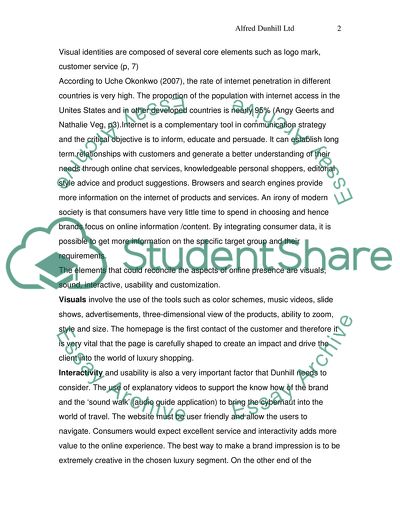Cite this document
(Alfred Dunhill Ltd: Reconciling Traditions and Innovation in Product Case Study, n.d.)
Alfred Dunhill Ltd: Reconciling Traditions and Innovation in Product Case Study. Retrieved from https://studentshare.org/marketing/1731266-alfred-dunhill-ltd-case-study-marketing-essay
Alfred Dunhill Ltd: Reconciling Traditions and Innovation in Product Case Study. Retrieved from https://studentshare.org/marketing/1731266-alfred-dunhill-ltd-case-study-marketing-essay
(Alfred Dunhill Ltd: Reconciling Traditions and Innovation in Product Case Study)
Alfred Dunhill Ltd: Reconciling Traditions and Innovation in Product Case Study. https://studentshare.org/marketing/1731266-alfred-dunhill-ltd-case-study-marketing-essay.
Alfred Dunhill Ltd: Reconciling Traditions and Innovation in Product Case Study. https://studentshare.org/marketing/1731266-alfred-dunhill-ltd-case-study-marketing-essay.
“Alfred Dunhill Ltd: Reconciling Traditions and Innovation in Product Case Study”, n.d. https://studentshare.org/marketing/1731266-alfred-dunhill-ltd-case-study-marketing-essay.


